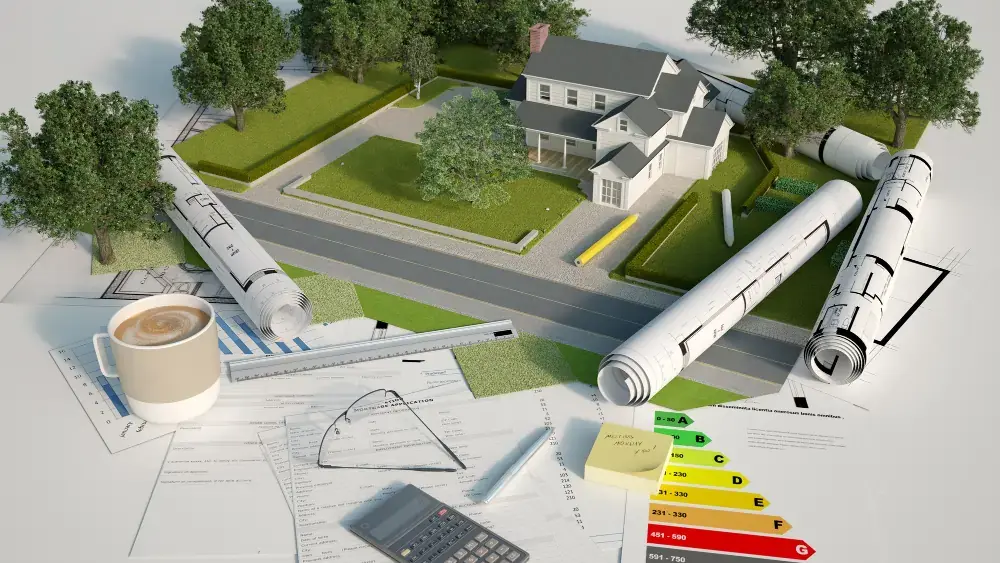Today, developers and builders need to create economically practical and environmentally...


Eco-friendly and energy-efficient buildings are now a must for cities with existing high-rises or places where real estate development is starting. Any activity that changes the existing characteristics of a location (including erecting high-rise residential and commercial buildings) also affects the environment. Even after the building is complete, its utilities, operations, and use methods continue to affect the environment.
Several state and federal authorities now prefer energy-based modeling of a building before approving construction. This article discusses the factors and reasons linked with energy modeling, emphasizing buildings.
Energy modeling is a vital programming tool that governments, businesses, and even individuals can use to foresee, evaluate, and optimize energy utilization through energy modeling programs. The software creates a virtual energy system illustration, identifies the factors that affect energy consumption, and assesses energy usage under different circumstances.
The software modeling provides directions to increase energy efficiency and achieve sustainability targets for high-rise structures.
The principles of energy modeling also extend to the construction of high-rise buildings. One can use physics-based software for building energy modeling (BEM) that requires the following as input:
The program combines the inputs with information about local weather and implements physics equations to calculate thermal load and system response, energy use, tenant comfort, and energy costs. These programs can give a year's data within an hour or less while considering system interaction (like lighting and heating/cooling).
The implementation process of energy modeling programs follows specific steps, which can change as per the project. However, the general methods of this process are mentioned below:

Architects and related personnel use diverse energy interaction models to get answers to questions that affect energy compliance and utilization significantly. Some of the vital use cases of energy modeling in buildings are given below:
The main targets of energy models are to ensure that the establishments or structures don't harm the environment and have the minimum energy footprint possible. Taking the help of professionals will provide the following benefits to any large-scale project:
Energy codes and regulatory compliance rules often call for sustainable energy consumption methods. Energy modeling will help analyze energy usage patterns and identify areas for improvement. It will also help federal and trading companies reduce their carbon footprint and generate a cleaner and more sustainable future.
Energy modeling can help determine the optimal size and location of energy-consuming machines, such as cooling and heating instruments and lighting. This information can help organizations save money by detecting energy-inefficient areas, reducing energy consumption, and lessening costs.
Energy use comes with associated risks, like supply disruptions and price unpredictability. Energy modeling enables users to create preemptive strategies to resolve these issues and provide a stable, dependable, and guaranteed energy supply.
In most cases, organizations are legally directed to comply with energy standards and regulations. Energy modeling programs can help businesses meet the specific requirements of certification programs and building codes.
Non-compliance with the existing energy consumption regulations will result in hefty fines and troublesome and costly corrections in the building structure. So, builders and property developers should hire professionals from The Cotocon Group to avoid these problems.
We will help you in several matters, from creating an energy model to finding the right financing options and becoming a part of a greener future.
Creating an energy model before building construction will help save colossal investment and environmental costs. A structure not complying with the existing energy codes and regulations will be destined for costly remodification or demolition. So, it's best to ensure the project's energy footprint before construction.
Air conditioning and heating machines use electricity from fossil, natural, or nuclear fuel to function while emitting environment-harming gases. As a building usually contains several of these instruments, they significantly affect its IBP.
Today, developers and builders need to create economically practical and environmentally...
Energy modeling serves as an effective instrument that aids property owners...